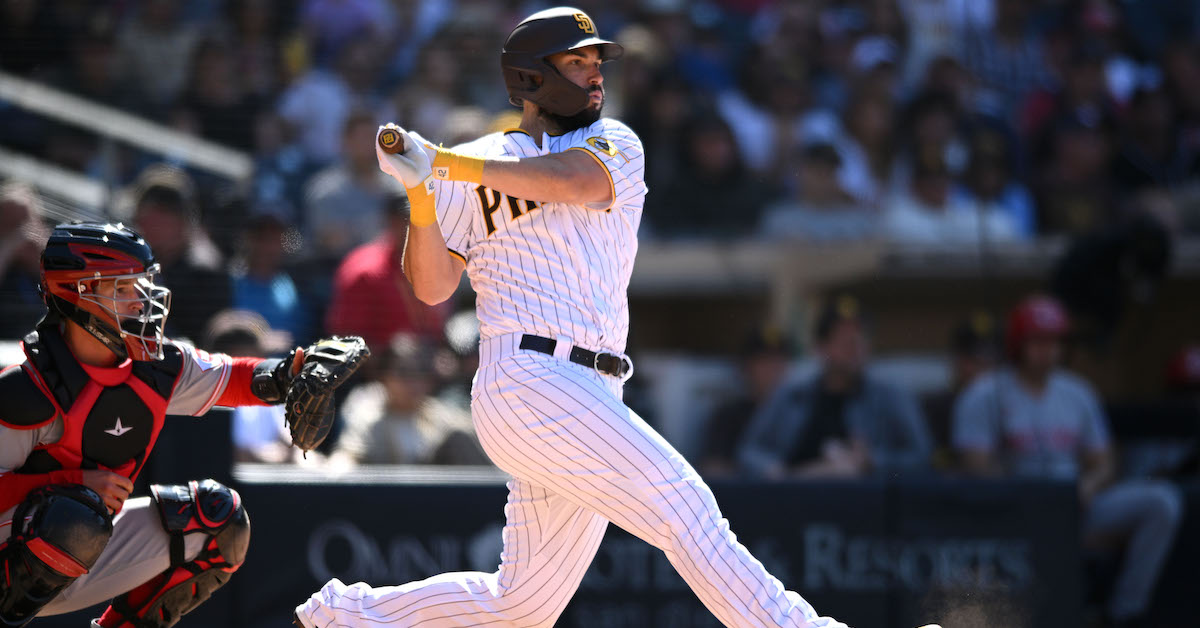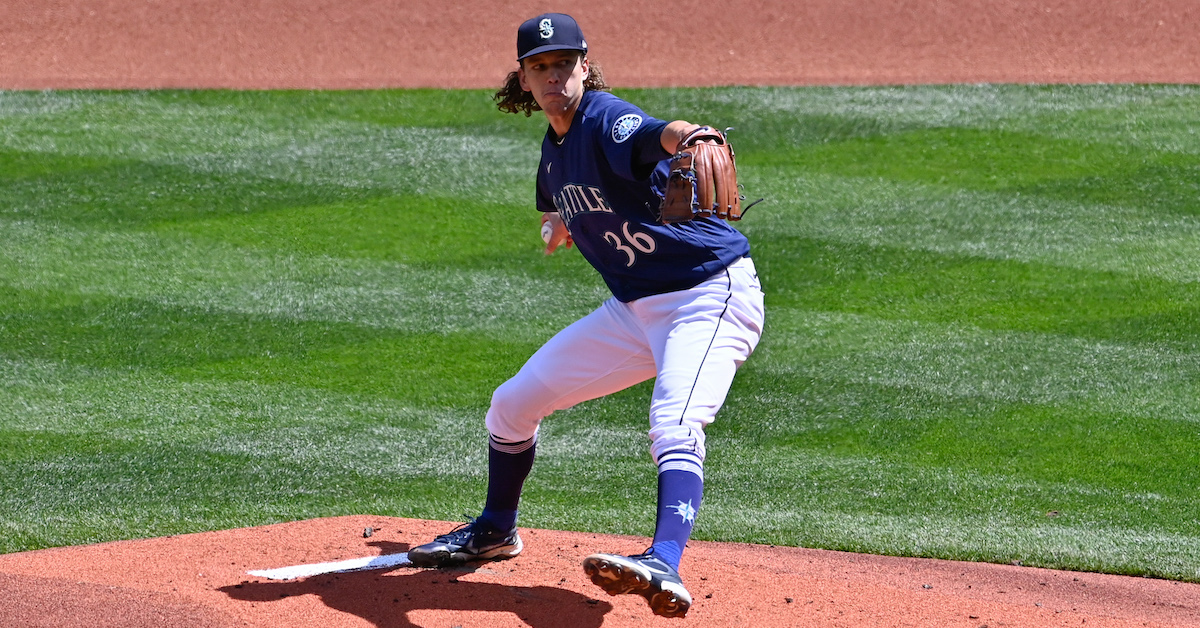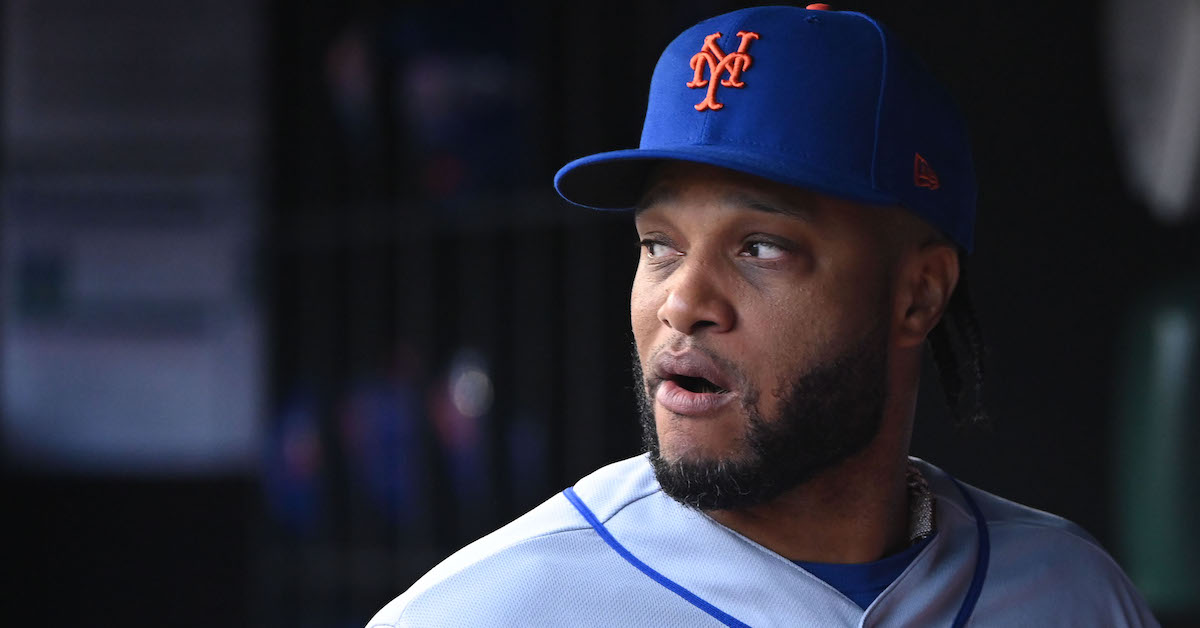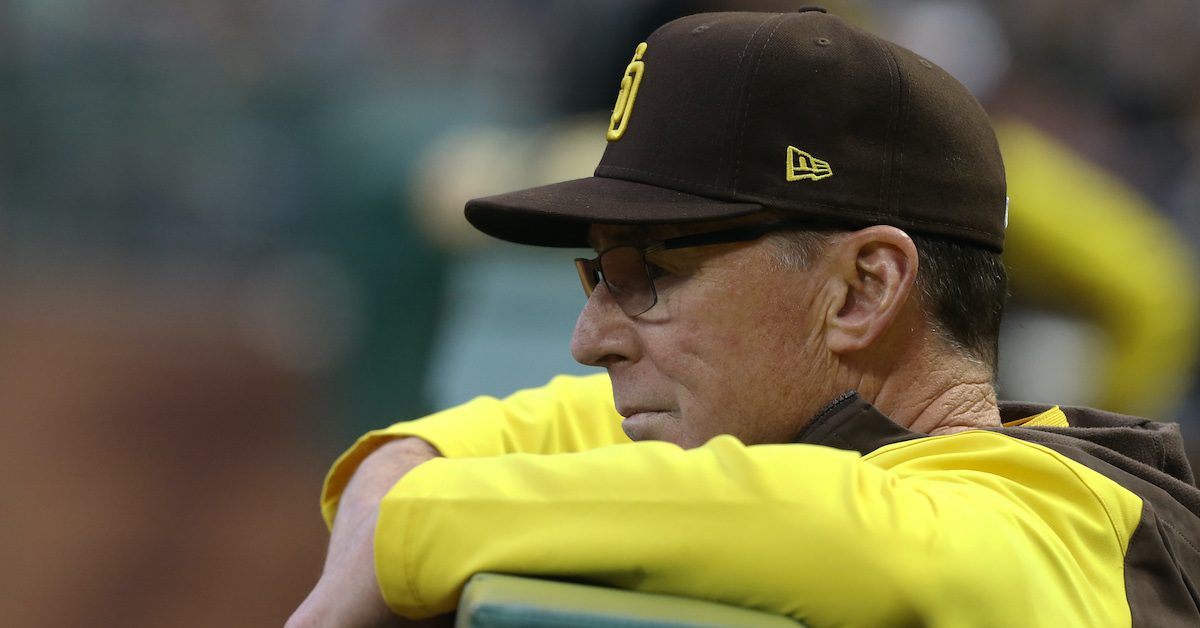There’s No Clear Favorite in the NL Rookie of the Year Race

Last week, I took a look at the fascinating race for the American League Rookie of the Year award, where four of our top five preseason prospects who have made their major league debuts — three of them on Opening Day — are making for a packed and compelling competition. In the National League, the race is just as crowded, though there isn’t a clear-cut favorite. And while the race in the AL is filled with top prospects, there are far more surprises and underdogs in the NL.
Before we get into the details, here’s some important context from that previous article:
When Major League Baseball and the Major League Baseball Players Association signed a new Collective Bargaining Agreement this offseason, it included some interesting provisions designed to combat service time manipulation. Top prospects who finish first or second in Rookie of the Year voting will automatically gain a full year of service time regardless of when they’re called up, and teams that promote top prospects early enough for them to gain a full year of service will be eligible to earn extra draft picks if those players go on to finish in the top three in Rookie of the Year voting or the top five in MVP or Cy Young voting. The goal was to incentivize teams to call up their best young players when they’re ready, rather than keeping them in the minor leagues to gain an extra year of team control. So far, the rule changes seem to have had their intended effect: three of our top five preseason prospects, and 11 of our top 50, earned an Opening Day roster spot out of spring training.
Of those 11 top 50 prospects who started off the season in the major leagues, just five of them were in the National League. The highest-ranked player in that group was CJ Abrams (15), with the four others falling below 30th on our preseason list. That’s not to say that there’s a lack of highly regarded prospects making their debuts in the senior circuit; there have been a few more big call-ups since Opening Day, including our No. 8 prospect, Oneil Cruz, just a few days ago. Still, the differences between the two leagues are stark when you pull up the rookie leaderboards.
With that in mind, here are the best rookie performers in the NL through June 22:
| Player | Team | PA | wRC+ | OAA | WAR | Overall Prospect Rank |
|---|---|---|---|---|---|---|
| Brendan Donovan | STL | 180 | 148 | -2 | 1.4 | Unranked |
| Michael Harris II | ATL | 91 | 151 | 4 | 1.3 | Unranked |
| Alek Thomas | ARI | 157 | 119 | 1 | 1.1 | 23 |
| Luis Gonzalez | SFG | 180 | 129 | -3 | 1.0 | Unranked |
| Jack Suwinski | PIT | 173 | 116 | 1 | 0.9 | Unranked |
| Nolan Gorman | STL | 107 | 136 | -1 | 0.7 | 53 |
| Christopher Morel | CHC | 151 | 117 | -5 | 0.7 | Unranked |
| Seiya Suzuki | CHC | 163 | 114 | -1 | 0.6 | Unranked |
| Geraldo Perdomo | ARI | 215 | 78 | -1 | 0.5 | 83 |
| Oneil Cruz | PIT | 14 | 37 | 0 | 0.0 | 8 |
| CJ Abrams | SDP | 76 | 59 | 0 | -0.1 | 15 |
| Bryson Stott | PHI | 147 | 36 | -1 | -0.5 | 34 |
| Player | Team | IP | ERA | FIP | WAR | Overall Prospect Rank |
| Spencer Strider | ATL | 47.2 | 3.40 | 2.38 | 1.2 | Unranked |
| MacKenzie Gore | SDP | 54.1 | 3.64 | 3.28 | 1.2 | Unranked |
| Aaron Ashby | MIL | 55 | 4.25 | 3.64 | 0.7 | 46 |
| Graham Ashcraft | CIN | 33.1 | 3.51 | 3.88 | 0.5 | Unranked |
| Roansy Contreras | PIT | 37.1 | 2.89 | 4.12 | 0.4 | 41 |
| Hunter Greene | CIN | 65 | 5.26 | 5.30 | 0.1 | 31 |
| Nick Lodolo | CIN | 14.2 | 5.52 | 4.63 | 0.1 | 51 |
Where the AL had a trio of top prospects leading the way, the NL has seven players firmly in front with plenty of others close behind. In that group, just Alek Thomas was ranked on our preseason top 100; the others were a mix of the unheralded, the very young, or those who had already lost their prospect sheen. Read the rest of this entry »









